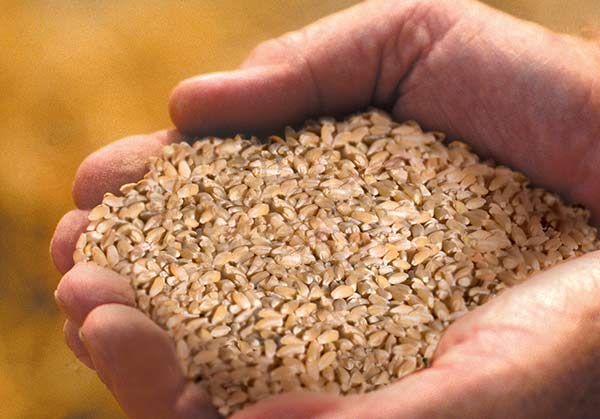Riso Vialone Nano
Traditionally used in the cuisines of the Veneto and Mantua regions, this rice is today used mainly in the North-East of Italy in local recipes.
It enhances the traditional flavours of these regions, partnering with simple local ingredients such as pumpkin, mushrooms and game in a huge variety of dishes.
Created in 1967 from the crossing of Vialone and Nano varieties, this rice has short, round grains which expand greatly during cooking, making it ideal for creamy risotto recipes.
- Cooking time: 15-13 min

Our method
Riso Superfino Arborio
This rice is one of the most widely used in Italy thanks to its characteristics of shape and substance. The grains are pleasantly large and visually appealing. This rice is particularly suited for both creamy risottos and "timballi" (oven-baked dishes) and "supplì" (rice croquettes).
Tips
When preparing a risotto, after removing the onion, let the the oil and butter reduce, add the rice and stir with a wooden spoon, so the rice does not come into contact with cold or sharp surfaces. Only when the rice has been toasted to perfection, i.e. it has absorbed all the condiment and has become shiny and transparent, can the other ingredients, called for in the recipe, be added.
Vacuum-packing prevents the rice from changing and preserves the colour, flavour and nutritional values of the grain.





